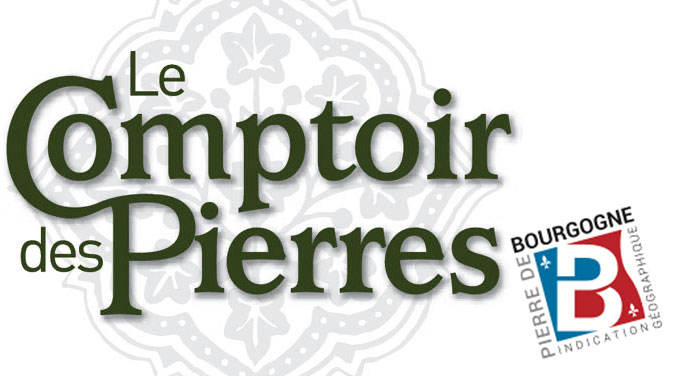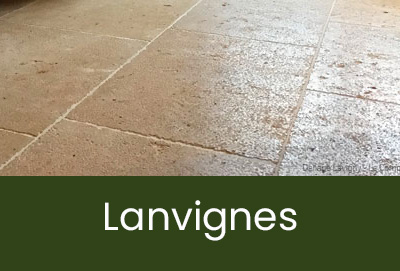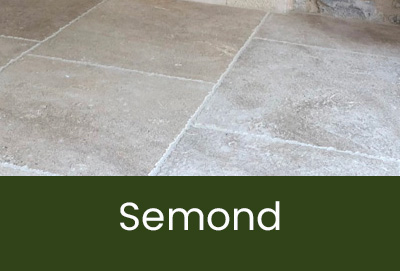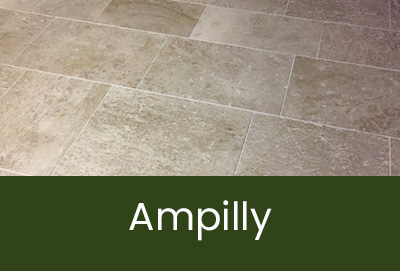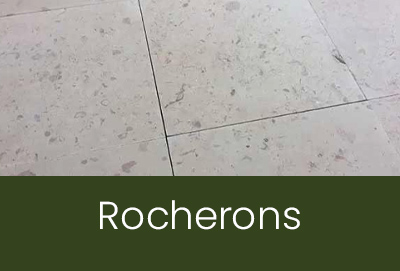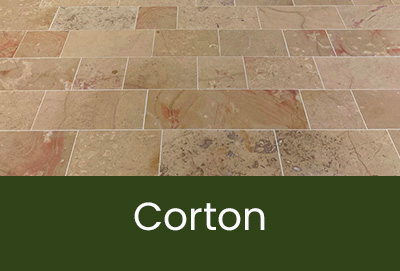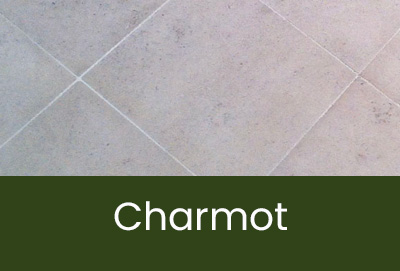Natural stone or reconstituted stone?
The reconstituted stone... you said "stone"?
Many of you are asking us about the definition of this term, here is some information that may be useful to you in your choice:
Firstly, a statement:
"Reconstituted natural stone" and even worse "reconstituted Burgundy stone"... do not exist !
"Reconstituted stone" is an abusive and misleading description used by almost every manufacturer to make the consumer believe that he is buying a natural stone, this is simply not true.
Finally what is so-called "reconstituted stone"?
These "reconstituted" products (which would be preferable to name "imitation stone") are a mixture of :
granulates of stones (gravel, crushed stone, pebbles)
+ sand
+ binders (cement generally)
+ additives (resins, adhesives from the petro-chemical industry)
+ dyes
+ water
= So it's concrete > very far from the natural stone so much touted...
These products are mixed in concrete mixers and cast in moulds.
The moulds are then vibrated to remove the air bubbles from the concrete mixture and then are dried.
This process allows the mass reproduction of identical element using an original moulding (usually the original is cast from a piece of natural stone).
Its resistance to outdoor weather is difficult to predict and varies according to the manufacturing processes of each brand and the type of additives used from the petro-chemical industry (resins).
Unlike natural stone, imitation stone products do not crystallize and do not produce their natural patina (calcium carbonate) which is the natural process that protects natural limestone.
The very low cost of production (and therefore margins) make it a product acclaimed by distributors from DIY sector or modern trade (Carrefour, Wal Mart, Castorama...)
And don't forget that the manufacture of cement (main constituent of mortars and concretes) by its particularly energy-consuming mode of production, in particular heating to very high temperatures, is one of the major contributors to the greenhouse effect and to air pollution. Cement is therefore an important source of pollution which is due on the one hand to its manufacture (chemical reaction, heating...) and on the other hand to its exploitation (transport,...). This production has grown considerably in the last half of the twentieth century.
On the other hand, choosing Burgundy natural limestone is to :
- Choose a material that is 100% natural,
- Choose environmentally friendly materials,
- Choose a recyclable material,
- Choose a material which by its extraction method is ecological,
- Choose a traceable material (from the stone block to the finished product),
- Choose local manufacture in Burgundy in the heart of the quarries,
Choosing Burgundy limestone is to invest in the future.
